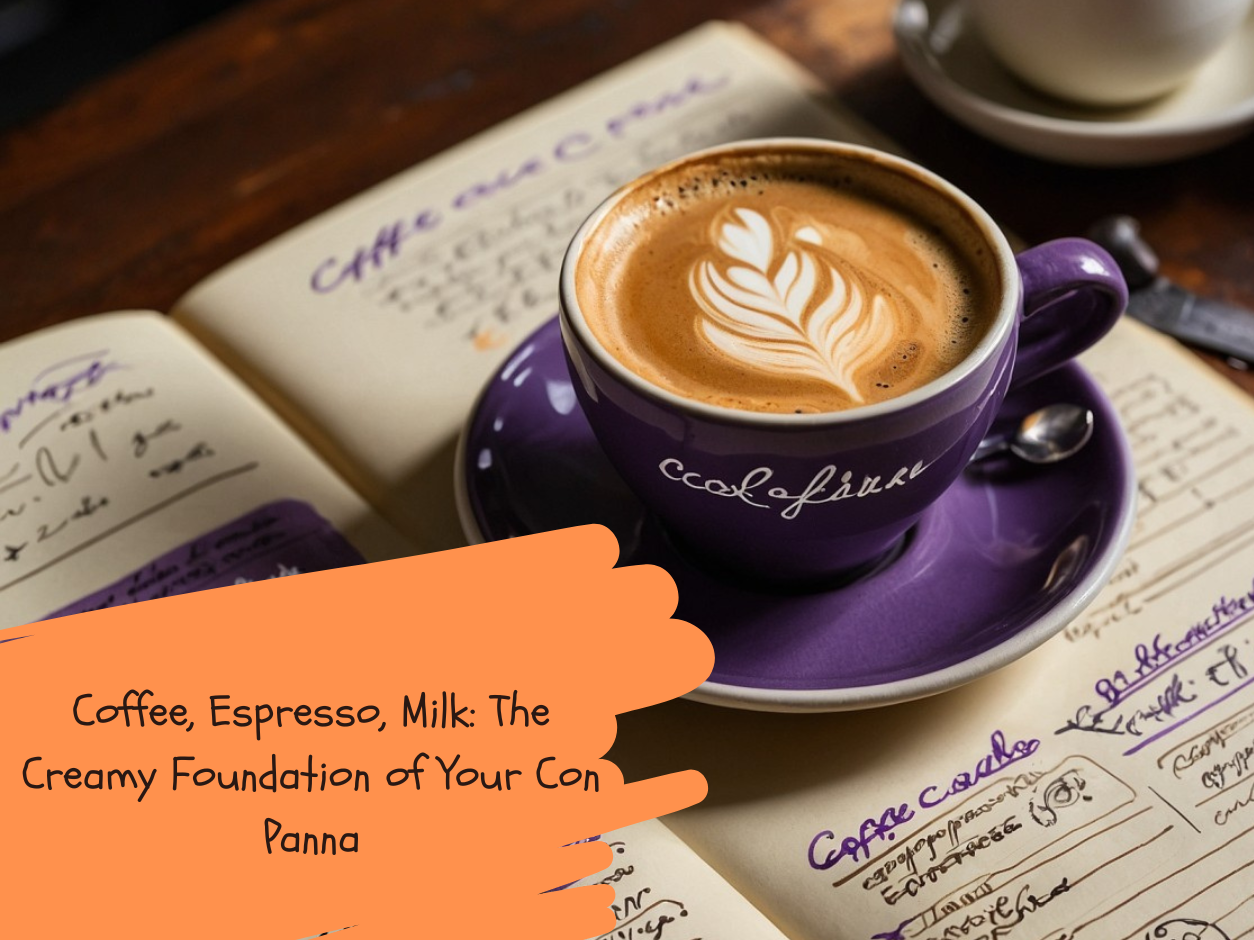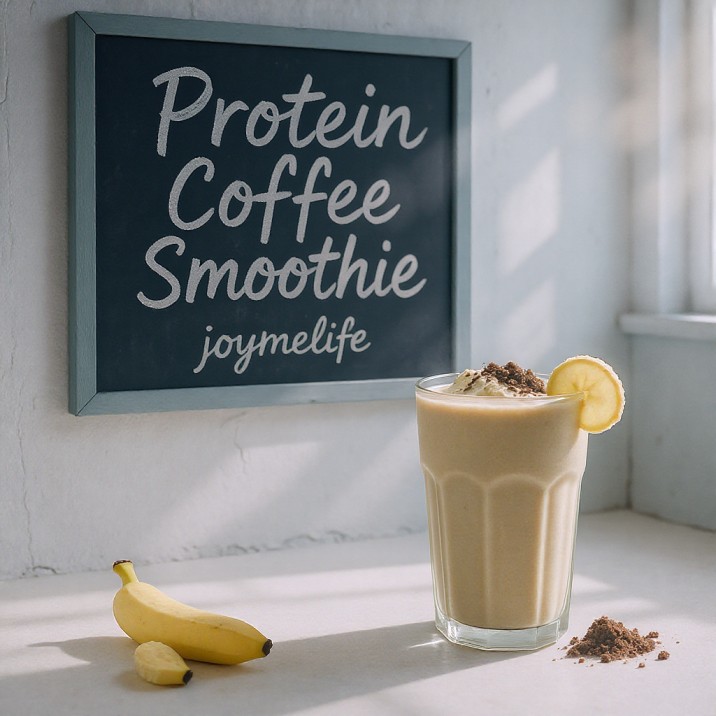
For many of us, the day doesn’t begin without that crucial cup of coffee. And while black coffee holds a special place for purists, the addition of milk to espresso unlocks a whole new world of flavors and textures. From a straightforward “espresso with milk” to the decadent delight of an Espresso Con Panna, the interplay between these three fundamental ingredients – coffee, espresso, and milk – forms the backbone of countless beloved beverages. let’s delve into the fascinating relationship between these elements and understand why milk plays such a vital role in enhancing the espresso experience.
The Power of Espresso: A Concentrated Coffee Experience
Before we explore the creamy additions, let’s revisit the star of the show: espresso.
The Intensity Factor: Why Espresso Often Needs Milk’s Touch
Many people enjoy the concentrated taste of espresso in its pure form but some individuals find its strength too intense.This is where milk comes in, acting as a natural complement to soften the bitterness and add a touch of sweetness and creaminess.
Milk’s Magical Transformation: Softening and Sweetening Espresso
Milk isn’t just a filler in espresso drinks; it actively transforms the beverage in several ways.
The Science of Milk and Coffee: How They Interact
Milk contains fats, proteins, and sugars that interact with the complex compounds in espresso. The fats contribute to a smoother, richer mouthfeel, while the natural sugars in milk (like lactose) can subtly sweeten the coffee. Steaming milk further alters its texture, creating microfoam that adds a velvety smoothness to drinks like lattes and cappuccinos – a concept that eventually leads us to the whipped cream topping of an Espresso Con Panna.
Different Types of Milk, Different Textures and Flavors in Your Espresso
Your choice of milk will affect the end flavor drastically and texture of your espresso with milk. Let’s explore some popular options:
Whole Milk: The Classic Choice for Richness
Baristas select whole milk because it produces a glossy deep microfoam in addition to its higher fat content.
Skim Milk: A Lighter Option
Skim milk forms a lighter foam which has a touch of airiness due to its smaller fat content. Skim milk yields a drink with reduced creaminess than whole milk yet provides softness to espresso intensity.
Oat Milk: Creamy and Plant-Based Perfection
The popularity of oat milk has surged because it presents a creamy texture with a mild sugary taste. It steams and froths beautifully, making it an excellent plant-based alternative for lattes, cappuccinos, and even as a base for something like a vegan Con Panna.
Almond Milk: Nutty and Versatile
Almond milk offers a distinct nutty flavor that can complement espresso nicely. The process of creating stable microfoam with plant-based milk demands more skill than dairy or oat milk but remains widely chosen by people who need dairy-free drinks.
Soy Milk: A Long-Standing Dairy Alternative
Soy milk has been a staple in coffee shops for years. It has a neutral flavor that works well with espresso and can be steamed and frothed, though the texture might be slightly different from dairy milk.
Exploring the Spectrum: From a Simple “Espresso with Milk” to Con Panna
The fusion of espresso and milk presents itself through different versions which have distinct properties. Further understanding requires a review of different terminology related to espresso drinks:
“Esspersson with Milk”: The Most Basic Combination
At its simplest, “espresso with milk” (likely a phonetic spelling of “espresso”) refers to a shot of espresso with a splash of milk, often just enough to take the edge off the bitterness.
Espresso with Milk Name: Decoding the Common Espresso and Milk Drinks
Many popular coffee drinks are essentially variations of espresso with milk. Understanding these names can help you navigate coffee shop menus:
Latte: A Generous Serving of Steamed Milk
A latte consists of a shot or two of espresso topped with a large amount of steamed milk and a thin layer of foam. It’s a creamy and relatively mild coffee drink.
Cappuccino: Equal Parts Espresso, Steamed Milk, and Foam
A traditional cappuccino features equal parts espresso, steamed milk, and foamed milk. It has a more pronounced coffee flavor than a latte due to the higher ratio of espresso to milk.
Flat White: Smooth and Velvety Milk with Espresso
A flat white is similar to a latte but with a thinner layer of microfoam, resulting in a very smooth and velvety texture. It often has a slightly stronger coffee flavor than a latte.
Espresso with Milk Reddit: What the Coffee Community Says About Their Favorite Milk Pairings
Online communities like Reddit often have lively discussions about the best espresso with milk. You’ll find people sharing their favorite milk types, ratios, and even specific recipes for creating their perfect cup.
Espresso with Milk Foam: The Key to a Macchiato’s Identity
As we discussed in our main article, a Macchiato is essentially espresso with milk foam. The foam “marks” the espresso, adding a touch of creamy texture without significantly diluting the coffee’s strong flavor.
Espresso with a Little Milk: The Essence of a Macchiato
The phrase “espresso with a little milk” perfectly describes a traditional Macchiato. It’s all about the espresso taking center stage, with just a small amount of milk to soften its intensity.
Best Espresso with Milk: Finding Your Perfect Harmony
The best espresso with milk is entirely subjective and depends on your personal taste preferences. Some prefer the richness of whole milk, while others might opt for the subtle nuttiness of almond milk or the creamy texture of oat milk. Experimenting is key to finding your perfect harmony.
Double Espresso with Milk: Intensifying the Coffee Experience
For those who need an extra caffeine kick, a double espresso with milk simply means using two shots of espresso in your latte, cappuccino, or flat white. This results in a stronger coffee flavor.
An Espresso with Steamed Milk or Foam: The Foundation of Many Latte Variations
The concept of an espresso with steamed milk or foam is fundamental to many popular coffee drinks. The way the milk is heated and textured (either steamed or foamed) contributes significantly to the final character of the beverage.
Espresso with Cold Milk: A Refreshing Twist for Warmer Days
While most espresso and milk drinks are served hot, espresso with cold milk is a refreshing option for warmer weather. This can be as simple as pouring cold milk over a shot of espresso and ice, or it can form the base of iced lattes and other chilled coffee creations.
The Crowning Glory: How Milk Leads to the Espresso Con Panna
Now, let’s connect all this back to our star: the Espresso Con Panna.
From Steamed Milk to Whipped Cream: A Texture Transformation
Think of whipped cream as milk that has undergone an even more significant transformation than steamed or foamed milk. By whipping cream, you incorporate air, creating a light, airy, and often slightly sweetened topping.
Why Whipped Cream Works So Well with Espresso: Balancing Bitterness
The rich, sweet nature of whipped cream provides a perfect counterpoint to the intense, sometimes bitter notes of espresso. The cool temperature of the cream also offers a pleasant contrast to the warmth of the coffee.
The Espresso Con Panna as the Pinnacle of Simple Indulgence
In essence, the Espresso Con Panna can be seen as a simple yet indulgent way to enjoy the fundamental pairing of espresso and a rich dairy element. Instead of the subtly steamed or foamed milk found in other drinks, it elevates the experience with a generous dollop of sweet whipped cream.
Tips for Perfecting Your Espresso and Milk Combinations at Home
Want to master the art of combining espresso and milk in your own kitchen? Here are a few tips:
The Importance of Freshly Roasted Coffee Beans
The quality of your espresso beans will have a significant impact on the overall taste of your drink, regardless of the milk you choose. Opt for freshly roasted, high-quality beans for the best flavor.
Mastering Your Milk Steaming or Frothing Technique
Whether you’re using a steam wand, a handheld frother, or even just a whisk, learning how to properly heat and texture your milk is key to creating delicious lattes, cappuccinos, and even understanding the difference between steamed milk and the whipped cream in a Con Panna.
Experimenting with Different Milk Types to Find Your Favorite
Don’t be afraid to try different types of milk to see which one you prefer with your espresso. You might be surprised by the subtle nuances in flavor and texture that each milk can offer.

Frequently Asked Questions (FAQs) About Espresso and Milk
Let’s address some common questions about this essential coffee pairing:
What’s the ideal ratio of milk to espresso?
The ideal ratio varies depending on the drink. For a latte, it’s typically around 1 part espresso to 3-5 parts milk. For a cappuccino, it’s closer to 1:1:1 (espresso, milk, foam). For a Macchiato, it’s just a small dollop of milk foam on top of the espresso.
Does the type of milk affect the taste of espresso?
Absolutely! Different types of milk have different fat contents and natural sugars, which can significantly alter the perceived taste and mouthfeel of your espresso drink.
How do you make milk foam without a steam wand?
A milk frother along with a French press will help you achieve this result. (by pumping the plunger up and down rapidly after heating the milk), or even vigorously whisking the heated milk by hand.
Can you use creamer instead of milk for espresso?
The taste and texture of coffee creamer differ from milk when used as a substitute. Most creamers come with additional sweeteners and synthetic flavorings.
The Creamy Conclusion: Appreciating the Versatility of Espresso and Milk
Multiple exquisite drinks result from the basic union of espresso with milk and coffee. Your ability to appreciate daily coffee and grasp the straightforward charm of Espresso Con Panna improves when you understand milk and espresso interplay as well as their combining possibilities. So, the next time you order your favorite espresso drink, take a moment to appreciate the magical transformation that milk brings to the powerful little shot of espresso.
Ready to Discover More About Espresso Drinks?
Explore our other articles for deeper dives into the world of coffee, from brewing techniques to regional specialties!
video source from 21 Gift Ideas For Coffee Lovers That Fit ANY Budget!
Share Your Go-To Espresso and Milk Creation!
What’s your favorite way to combine espresso and milk? Do you have a secret recipe or a go-to order? Share your thoughts in the comments





Good https://is.gd/tpjNyL